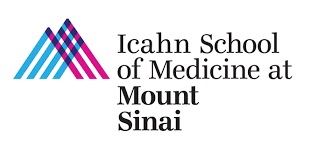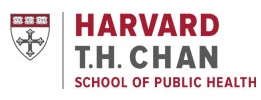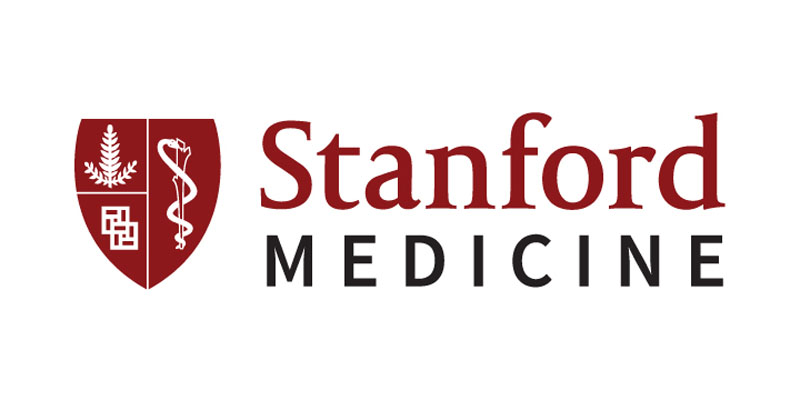Submitted by ja607 on
| Title | Applicability of the Mutation-Selection Balance Model to Population Genetics of Heterozygous Protein-Truncating Variants in Humans. |
| Publication Type | Journal Article |
| Year of Publication | 2019 |
| Authors | Weghorn, D, Balick, DJ, Cassa, C, Kosmicki, JA, Daly, MJ, Beier, DR, Sunyaev, SR |
| Journal | Mol Biol Evol |
| Volume | 36 |
| Issue | 8 |
| Pagination | 1701-1710 |
| Date Published | 2019 08 01 |
| ISSN | 1537-1719 |
| Abstract | The fate of alleles in the human population is believed to be highly affected by the stochastic force of genetic drift. Estimation of the strength of natural selection in humans generally necessitates a careful modeling of drift including complex effects of the population history and structure. Protein-truncating variants (PTVs) are expected to evolve under strong purifying selection and to have a relatively high per-gene mutation rate. Thus, it is appealing to model the population genetics of PTVs under a simple deterministic mutation-selection balance, as has been proposed earlier (Cassa et al. 2017). Here, we investigated the limits of this approximation using both computer simulations and data-driven approaches. Our simulations rely on a model of demographic history estimated from 33,370 individual exomes of the Non-Finnish European subset of the ExAC data set (Lek et al. 2016). Additionally, we compared the African and European subset of the ExAC study and analyzed de novo PTVs. We show that the mutation-selection balance model is applicable to the majority of human genes, but not to genes under the weakest selection. |
| DOI | 10.1093/molbev/msz092 |
| Alternate Journal | Mol. Biol. Evol. |
| PubMed ID | 31004148 |
| PubMed Central ID | PMC6738481 |
| Grant List | R01 MH101244 / MH / NIMH NIH HHS / United States R35 GM127131 / GM / NIGMS NIH HHS / United States U01 HG009088 / HG / NHGRI NIH HHS / United States |





